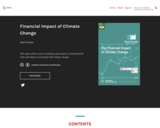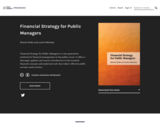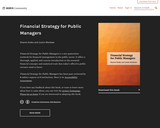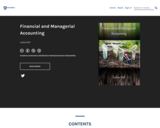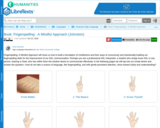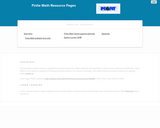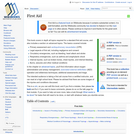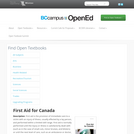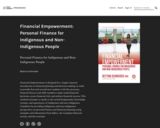
Personal Finance for Indigenous and Non-Indigenous People
Short Description:
Financial Empowerment is designed for a single-semester introduction to financial planning and decision-making, in order to provide first and second-year students with the necessary financial literacy and skills needed to make sound financial decisions, assess financial risk, and achieve financial success. This textbook attempts to speak to the varied backgrounds, knowledge systems, and experiences of Indigenous and non-Indigenous Canadians by providing Indigenous and non-Indigenous perspectives on personal finance and financial planning using examples and information from Elders, the Canadian financial system, and the economy.
Long Description:
Financial Empowerment is an adaptation of the openly licensed textbook Personal Finance, v. 1.0 which was adapted by Saylor Academy (2012) under a Creative Commons Attribution-NonCommercial-ShareAlike 3.0 License without attribution as requested by the work’s original creator or licensee and is available here: http://www.saylor.org/site/textbooks/.
The purpose of the Financial Empowerment adaptation is to take an accessible, student-focused, personal finance textbook from the United States and make it affordable and relevant for Indigenous and non-Indigenous people in Canada. While many mainstream Canadian personal finance texts provide excellent content in terms of the mechanics of personal finance, they are expensive and not always relevant to the values and experiences of students in the classroom. Many mainstream personal finance texts fall short for Indigenous Canadians and non-Indigenous Canadians alike because they do not speak to the varied backgrounds, knowledge systems, and experiences of their readers. This textbook was adapted in order to motivate a broad range of students to learn about personal finance.
The specific goals of this textbook are: to help students build a solid understanding of personal finance in order to achieve financial literacy and financial success by providing them with the skills and knowledge necessary to navigate short and long-term financial change; to tailor the content for a Canadian audience by providing Indigenous and non-Indigenous perspectives on personal finance and financial planning using examples and information from the Canadian financial system and economy; to increase accessibility to financial education resources for students and general public alike regardless of where they live or study; to customize the content for Indigenous students in Canada and address student needs for practical and theoretical knowledge on financial decision-making and financial risk assessment; and to connect financial literacy with Indigenous Knowledge and history by threading Indigenous perspectives and interviews with Elders and other community leaders throughout the textbook.
Word Count: 143696
ISBN: 9780889775497
(Note: This resource's metadata has been created automatically by reformatting and/or combining the information that the author initially provided as part of a bulk import process.)
- Subject:
- Business and Communication
- Finance
- Material Type:
- Textbook
- Provider:
- University of Regina
- Author:
- Bettina Schneider
- Date Added:
- 08/31/2018
